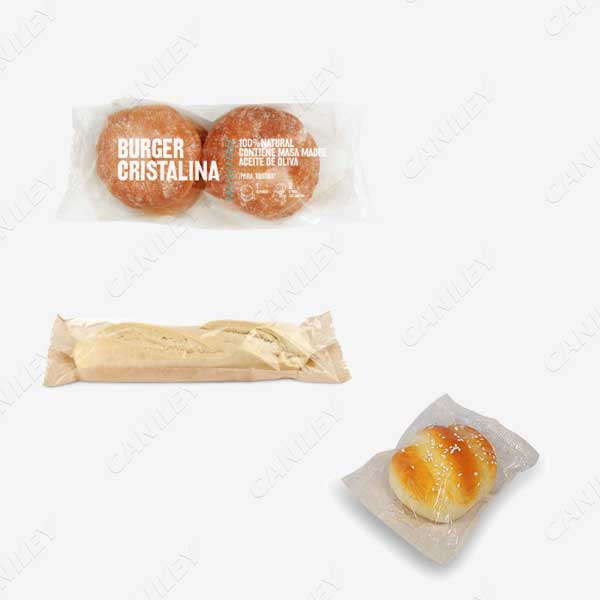In today’s fast-paced world, the demand for convenience and efficiency has significantly impacted the manufacturing and packaging processes across various industries. One such industry that heavily relies on automated packaging solutions is the baking industry. Bread packing machines have revolutionized the way bread products are packaged, ensuring speed, accuracy, and hygiene. But how does a bread bagging machine work?

Overview of bread packing machines:
This machine is sophisticated pieces of equipment designed to automate the packaging process of bread products. They efficiently handle various types of bread, including sliced loaves, buns, baguettes, and more. These machines are equipped with state-of-the-art technology and employ a series of mechanical, electrical, and pneumatic systems to ensure precise and consistent packaging.
Feeding and orientation:
The first step in the bread packing process involves feeding the bread products into the machine. Automatic feeding systems, such as conveyors or robotic arms, transport the bread from the production line to the packing machine. The bread is then oriented in a specific manner, ensuring uniformity for efficient packaging.
Wrapping and sealing:
Once the bread is properly positioned, it moves along the packaging line, where it encounters the wrapping and sealing components. The packaging material, typically plastic film or bags, is unwound from a roll and cut into the appropriate size. The bread is then enveloped within the packaging material, ensuring it is securely sealed to maintain freshness and extend shelf life.
Labeling and printing:
To provide essential information to consumers, such as nutritional facts, expiration dates, and branding, bread packing machines often integrate labeling and printing systems. These systems can apply pre-printed labels or directly print the required information onto the packaging material. This process enhances traceability and helps consumers make informed purchasing decisions.
Quality control and inspection:
To ensure only high-quality and defect-free bread products reach the market, bread packing machines incorporate advanced inspection systems. These systems use sensors and cameras to detect any abnormalities in the bread, such as foreign objects, improper sealing, or missing labels. Any faulty items are automatically rejected from the production line, maintaining the integrity of the packaged goods.
Packaging and discharging:
Once the bread has passed quality control, it is packaged and prepared for final discharge. Depending on the specific machine design, the packaged loaves are stacked, placed into trays, or grouped into larger units for bulk packaging. The machines can then sort and direct the packaged bread for further transportation or storage.
As technology continues to advance, we can expect further improvements in bread packing machines, optimizing their performance and contributing to the seamless supply of fresh, delicious bread to consumers worldwide.
